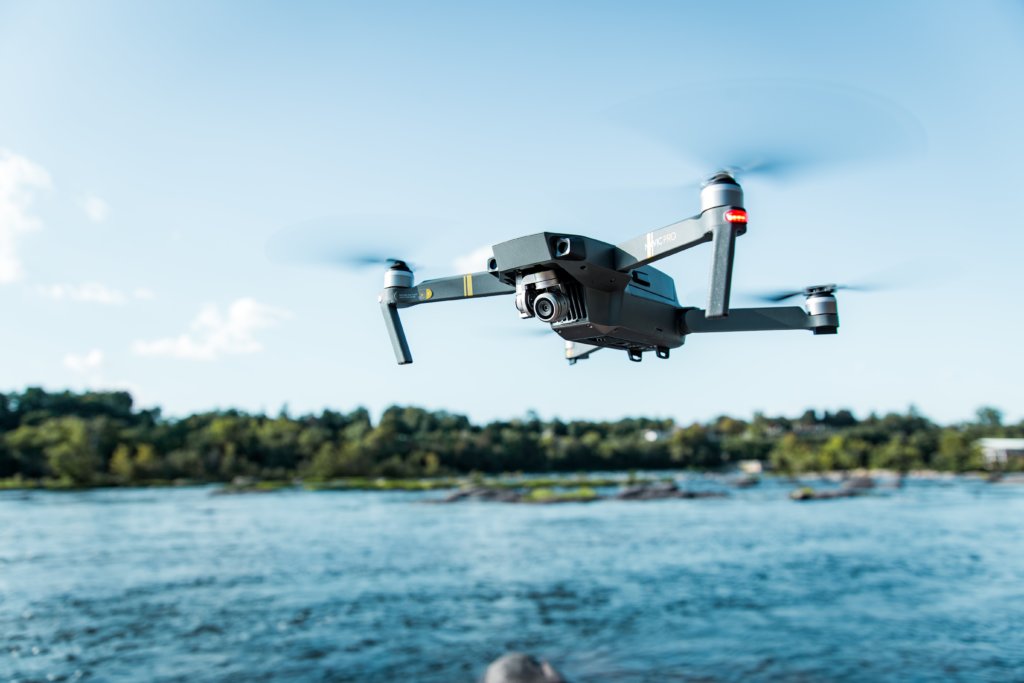
Image Source: Unsplash
While the idea of drones delivering your laundry or Amazon order sounds great, it’s way more astounding that drones are already being used to save human lives and the environment. Like some of the Internet of Things (IoT) mobile apps that control them, drones are a technology with potential far beyond what we’ve seen so far. This is exciting, considering how much we are accomplishing with them already.
Natural Disaster Response
As we mentioned in a previous post about disaster relief efforts, mobile technology can help rescue teams determine where they need to go next during emergencies. Besides hurricanes, these past few months have also been riddled with wildfires in the Midwest United States. The thermal imaging cameras on drones helped firefighters plan their strategy in taking out a forest fire in Arizona.
Natural Disaster Damage Assessment
Drones have proven to be indispensable for damage assessment during natural disasters. Dr. Robin Murphy, a computer science professor at Texas A&M University, flew drones 119 times over Houston during Hurricane Harvey. The drones ranged from small quadcopters to military-grade unmanned aerial vehicles (UAVs). Dr. Murphy’s team spotted people in need of help, assessed flood damage, monitored levees, predicted further flooding, and estimated how long certain neighborhoods would sustain high water levels. The San Francisco mobile app developers of DroneDeploy have noticed an uptick in the number of drones being used for this purpose.
Searching for Animals in Africa
The United Nations recently partnered with the mobile app developers of MicroMappers, to create an app called “Aerial Clicker.” This app couldn’t be deployed in time for a natural disaster, so the team linked up with the Kizukis Wildlife Reserve in Namibia to crowdsource searching for animals. Not only is the app helping to protect Namibia’s wildlife, but is also incrementally improving from user data so that it’s ready for future natural disasters. Anyone can join to become a “digital ranger” or digital humanitarian.
Beach Erosion in Miami
Christopher Todd is the founder and CEO of Airborne Response. His Miami-based company employs UAVs to respond to emergencies. The company also provides aerial security drone services, cell tower inspections, beach erosion (a huge problem for Miami and other coastal beach towns), mapping/survey, and imagery capture. With Airborne Response, Miami has a birds-eye view of its biggest challenges over the next 10 or 15 years.
Check Dogtown Media News often to learn about the latest disruptions in IoT mobile app development.





